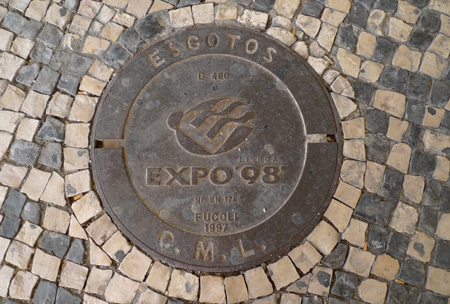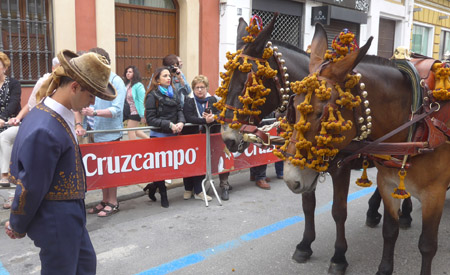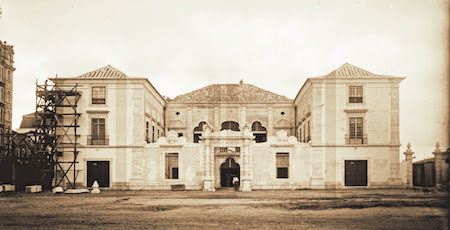pamplona: running with the bulls

It’s July & that means one thing only in the Basque Country… time to run with the bulls! I’ve been lucky enough to go for the past two years, so this post is an amalgam of both experiences. And while I’ve never been tempted to put my life on the line & actually run alongside, the spectacle is something I’ll never forget.
Read More »pamplona: running with the bulls



